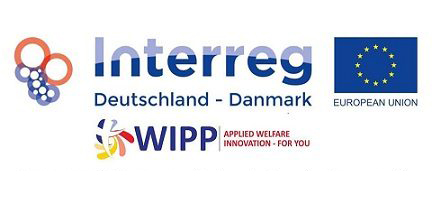During our partner and networkpartner meeting in Esbjerg we discussed from all perspectives: What exactly does sustainability mean for WIPP? How do we find a way to continue the successful WIPP-elements even after the project ended? What conditions must be created to continue elements of the WIPP project successfully? How do we find the right key to increase the Healthy Life Years?
Sustainability in the sense of health promotion is considering on two levels: On the one hand, the interventions should have a sustainable effect on the individual. Even after the end of the intervention, participants can continue on their own personal path to a better quality of life and well-being. On the other hand, conditions in their immediate environment are created. So they are able to go their own way. Further citizens should receive support and take part in health-promoting interventions in the districts and get started as well. But what has to happen that this can be continued after the end of the WIPP-project in the districts?
The WIPP-team has come up with four main topics to answer these questions, to examine more closely:
- Reaching people over the age of 65 who are able to increase their well-being through a more active and healthy lifestyle: How do we reach people who were previously inactive and who do not seek supportive services?
- Recording of the personal risk profile as well as the needs of these people as a requirement of a needs-based recommendation of suitable interventions to increase the quality of life: Which interventions are needed and how can these be mediated into account of the actual needs?
- Suitable interventions for a more active everyday life for people over the age of 65: Which contents, structures and processes are suitable for promoting a more active everyday life?
- Conditions for a healthy and active aging in the immediate living environment: What is necessary to create living conditions for an active aging at the place of residence?
For these main topics the factors for the creation of sustainability will be elaborated in the further course: What are the success factors? Which obstacles appear and how can these be overcome?
Kerstin Berszuck, project partner AOK NORDWEST
